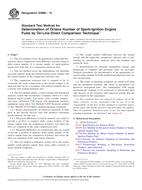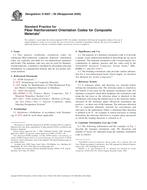1.1”This guide describes procedures for conducting controlled experiments with caged bivalves under field conditions. The purpose of this approach is to facilitate the simultaneous collection of field data to help characterize chemical exposure and associated biological effects in the same organism under environmentally realistic conditions. This approach of characterizing exposure and effects is consistent with the US EPA ecological risk assessment paradigm. Bivalves are useful test organisms for in-situ field bioassays because they (1) concentrate and integrate chemicals in their tissues and have a more limited ability to metabolize most chemicals than other species, (2) exhibit measurable sublethal effects associated with exposure to those chemicals, (3) provide paired tissue chemistry and response data which can be extrapolated to other species and trophic levels, (4) provide tissue chemistry data which can be used to estimate chemical exposure from water or sediment, and (5) facilitate controlled experimentation in the field with large sample sizes because they are easy to collect, cage, and measure (1, 2)2. The experimental control afforded by this approach can be used to place a large number of animals of a known size distribution in specific areas of concern to quantify exposure and effects over space and time within a clearly defined exposure period. Chemical exposure can be estimated by measuring the concentration of chemicals in water, sediment, or bivalve tissues, and effects can be estimated with survival, growth, and other sublethal end points (3). Although a number of assessments have been conducted using bivalves to characterize exposure by measuring tissue chemistry or associated biological effects, relatively few assessments have been conducted to characterize both exposure and biological effects simultaneously (2, 4, 5). This guide is specifically designed to help minimize the variability in tissue chemistry and response measurements by using a practical uniform size range and compartmentalized cages for multiple measurements on the same individuals.
Product Details
- Published:
- 04/01/2022
- Number of Pages:
- 31
- File Size:
- 1 file , 480 KB
- Note:
- This product is unavailable in Belarus, Russia, Ukraine


